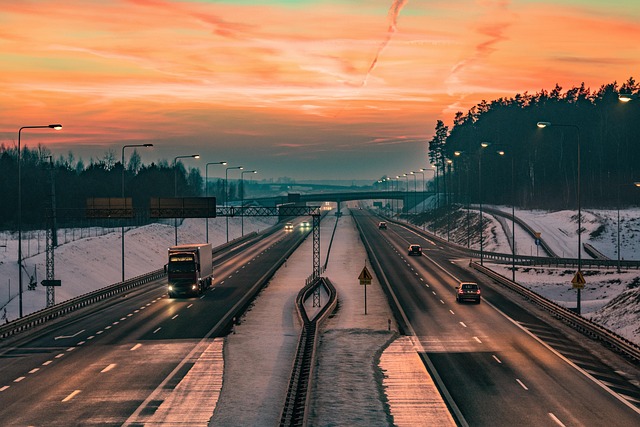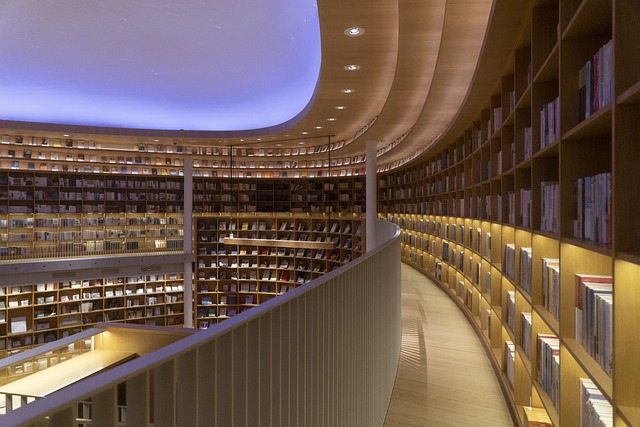As the world evolves, the lines separating art from design continually blur, creating new avenues for expression that captivate and ignite our imaginations. One of the most exciting manifestations of this intersection is asphalt art, a transformative medium that redefines our public spaces. This innovative approach merges the functionality of urban design with the emotive power of visual art, resulting in vibrant installations that invite interaction, celebrate community, and promote a unique identity.
Asphalt art transforms mundane infrastructure into spectacular public canvases. Through this medium, artists inject life into otherwise drab surfaces—streets, parking lots, and sidewalks are reimagined into immersive experiences. What was once a simple roadway is now a gallery open to all, giving people a chance to engage with art in everyday spaces. This unique phenomenon encourages dialogue between passersby, offering an experience that is both aesthetic and functional. The art is not confined to traditional galleries; it spills into our lives, inviting us to participate in the creative conversation.
In the realm of design, asphalt art serves not just as a decorative element but as an active participant in shaping urban landscapes. Designers collaborate with artists to craft spaces that are both visually appealing and practical. The principles of good design—thoughtfulness, usability, and community engagement—are essential in creating asphalt art that resonates with the audience. The artwork tends to enhance safety through the use of bold colors and patterns that draw attention to crosswalks and pedestrian zones, making streets more navigable and, thus, more inviting.
Asphalt art symbolizes a community’s heartbeat, weaving narratives of culture, history, and identity into the fabric of the urban experience. Public art projects often thrive on local input, ensuring that the voices of the community shape the work. This inclusivity fosters a sense of belonging, as residents see their stories reflected in the art that adorns their streets. Engaging community members in the creation process not only strengthens connections among residents but also enhances the emotional investment in the art itself. When people contribute their ideas and labor, the result is a work that belongs to everyone.
The emotional connection to asphalt art also extends to its potential as a catalyst for social change. Numerous projects around the globe have sparked conversations about critical issues such as racial justice, climate change, and mental health. By addressing such topics through a visual medium, artists and designers offer new perspectives that can challenge societal norms and inspire hope. The visibility of these installations means that they can reach wider audiences, fostering conversations that might otherwise go unheard.
As urban environments continue to grow and evolve, the role of asphalt art will undeniably expand. Cities are beginning to recognize its value not only as a form of aesthetic enhancement but also as a strategic tool for community engagement and urban revitalization. More and more municipalities are supporting initiatives that allow artists to take control of often overlooked spaces, creating an environment where creativity thrives. In essence, the intersection of art and design in asphalt art is not just a trend; it is a movement reshaping urban experiences and redefining what public spaces can achieve.
As we witness this evolution, it becomes clear that asphalt art is more than just the colorful patterns on our streets. It represents the reconciliation of art and design, the celebration of community narratives, and a vision for inclusive urban landscapes. Each brushstroke and design choice on asphalt can inspire, provoke, and connect us in ways that resonate beyond the surface. It challenges us to see our surroundings with new eyes and to acknowledge the beauty that can emerge when art and design converge on the pavement of our everyday lives.




